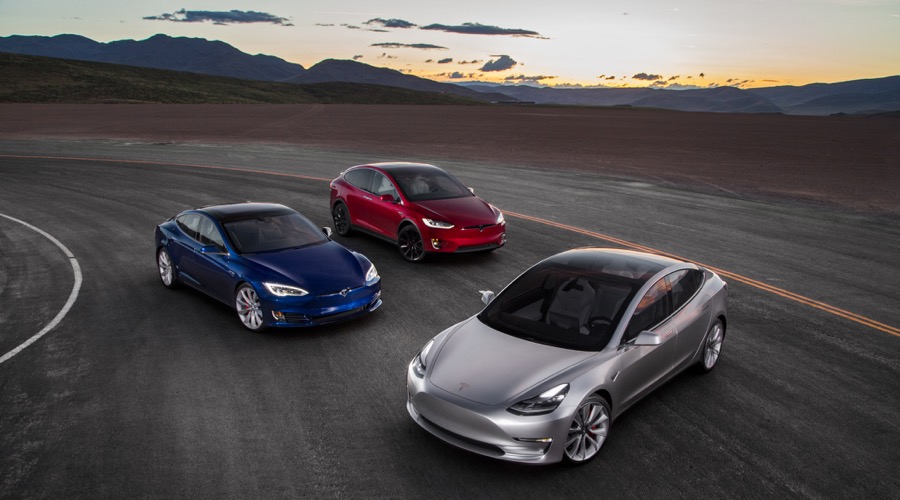Categories:
Base Metals
/
Energy
/
General Market Commentary
Topics:
General Base Metals
/
General Energy
/
General Market Commentary
China and India on aggressive electric vehicle push

China and India are rolling out plans to dramatically accelerate the adoption of electric vehicles (EVs), initiatives that have prompted the IEA to take notice and promise a review its long-term oil demand forecast.
In last year’s World Energy Outlook, the IEA projected that electric vehicles would grow rapidly over time, but still not fast enough to upend the oil market. The Paris-based energy agency said that it expected to see 30 million EVs on the roads by 2025 and 150 million by 2040, up from just 1.3 million as of 2015. But still, even that large number would only eat into 1.3 million barrels of oil demand per day (mb/d) by 2040, only marginally impacting demand and prices decades from now.
To be sure, other analysts and agencies have more aggressive figures, but the IEA often sets the tone for long-term forecasts. That is why it is important that the IEA has promised a deeper review of its assumptions in its 2017 World Energy Outlook, to be released in November.
The changes could be significant because a growing number of countries are stepping up their policy initiatives to support EV adoption. The two most important are China and India, two countries that the IEA itself has said will make up the bulk of oil demand growth going forward. For example, by 2040, the IEA expects global oil demand to grow by 11 mb/d. But China accounts for 4.1 mb/d of demand growth over that timeframe and India adds 6 mb/d. There are other regions in the world that will see demand grow substantially, but the industrialized world will see steep losses. To keep things simple, China and India are the two most important countries when trying to gauge long-term oil demand growth. "The choices made by China and India are obviously most relevant for the possible future peak in passenger car oil demand," the IEA said.
But those two countries are also in the midst of formulating some aggressive EV policies. Both pay an enormous price tag for imported oil and also suffer from horrific air pollution in many of their cities. EVs, in that sense, offer solutions to economic, national security, environmental and public health problems.
China said last month that it would seek to have at least one-fifth of its annual auto sales to come from EVs by 2025. That would mean some 7 million EV sales annually in China in less than a decade.
However, that plan looks modest when compared to what India wants to achieve. A new policy proposal from a government-run think-tank in India says that India should move to 100 percent EV sales by 2032. Under this scenario, no gasoline or diesel-fueled cars would be sold in India after that date.
The IEA was essentially left breathless by that plan, calling it “ambitious.” Indeed, that scenario would require 10 million EVs sold annually in India by the end of the next decade, essentially ten times the number of total vehicles on the road in 2015.
Although much remains to be seen, “it is a good step that will help India to be among the global leaders in deploying a technology that is crucial to temper increasing oil import needs, local air pollution in cities, and limit CO2 emissions,” the IEA said in an emailed response to Bloomberg.
For India, the rapid transition to electrification of its auto fleet could yield $60 billion in savings between now and 2030, the government report said. To achieve the goal it would require limiting registration for gasoline and diesel cars, and it would also hinge on public subsidies for EVs and charging stations.
To continue reading please click link http://www.mining.com/web/china-india-aggressive-electric-vehicle-push/